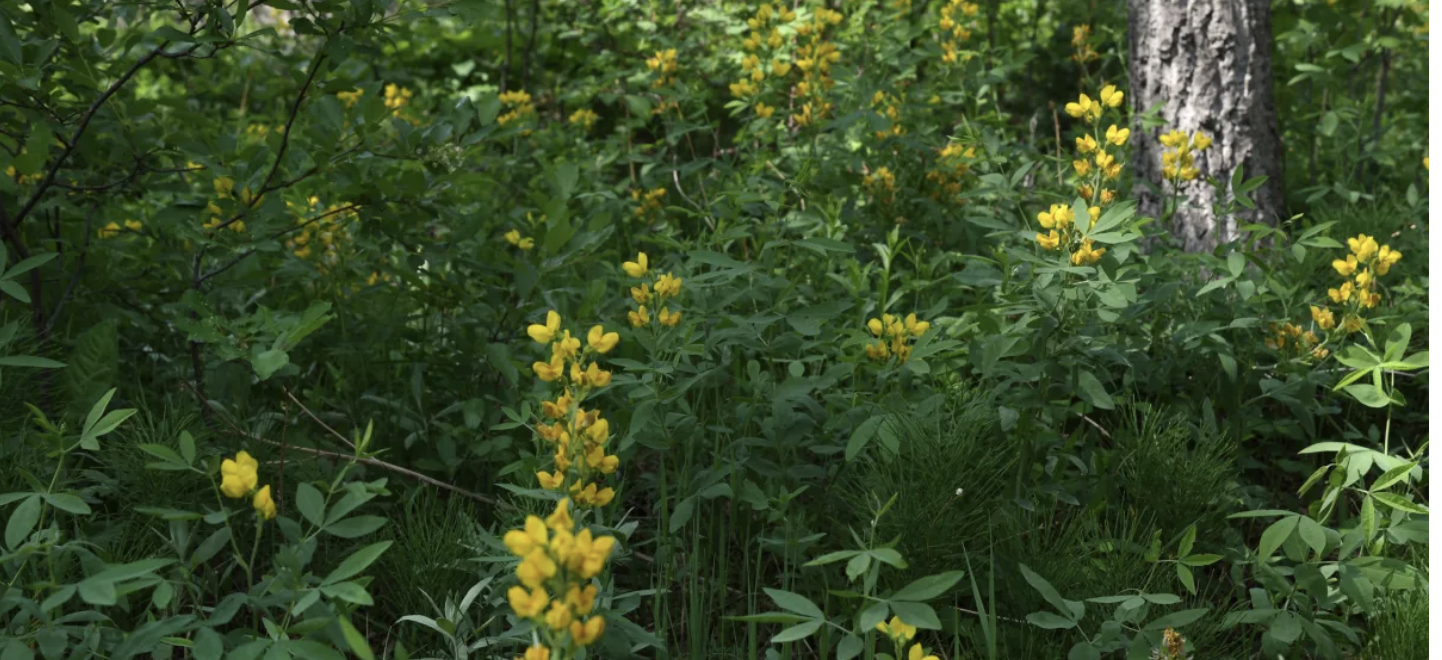A more-than-decadelong effort to thin Front Range forests to reduce fire danger has brought more bees, more flowers and increased resilience to climate change, new research shows.
“We found that if you cut trees and open up the canopy, between three and 10 years later, you see a pretty good response,” said Seth Davis, associate professor of forest and rangeland stewardship at Colorado State University
Read more HERE

